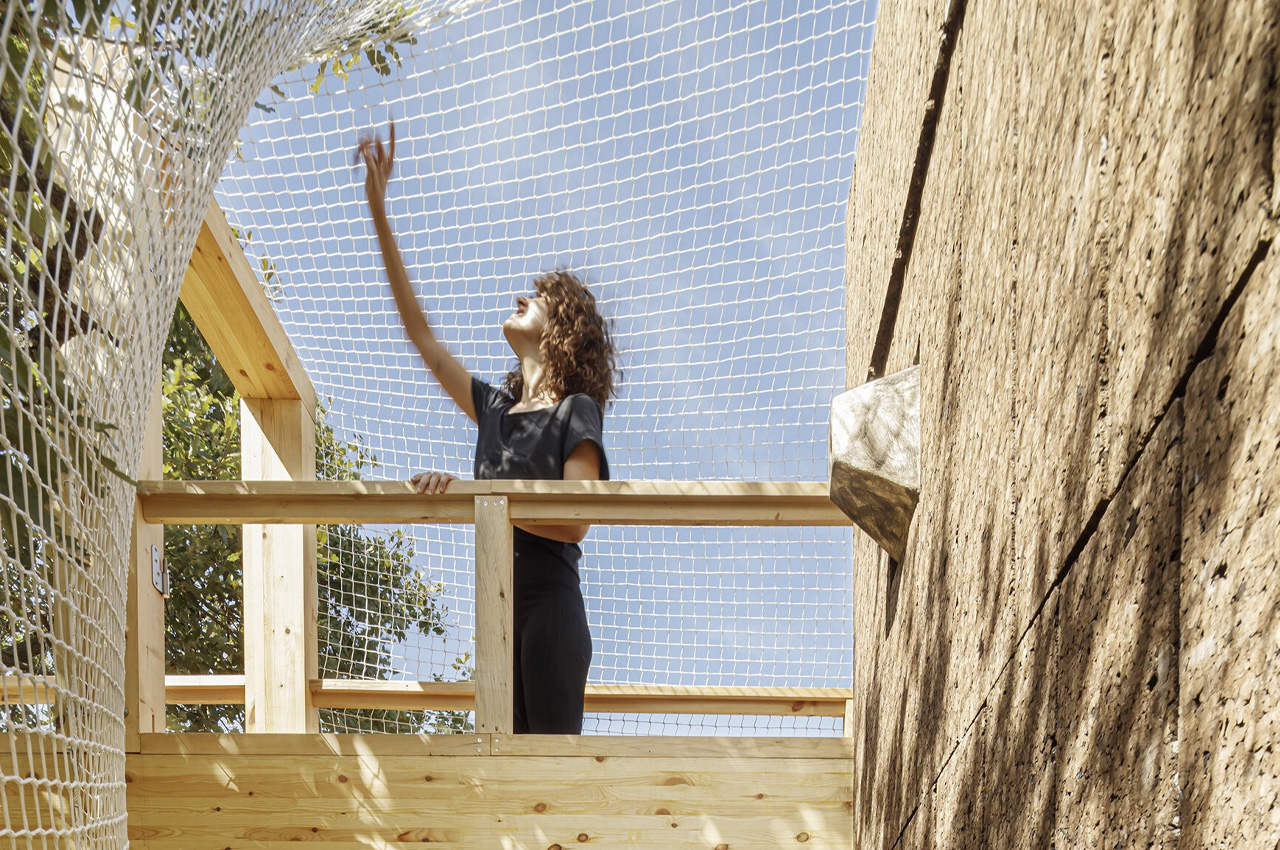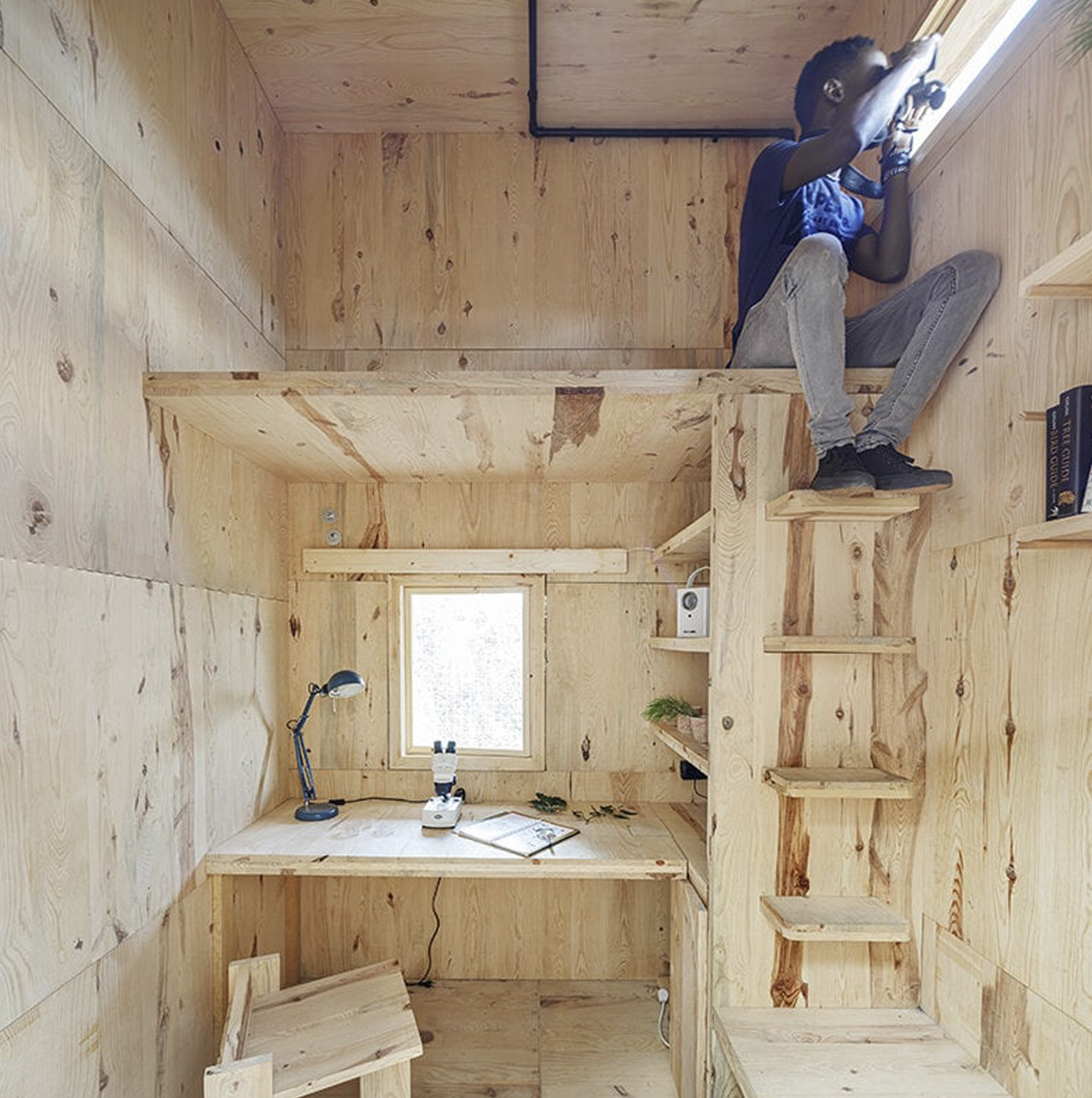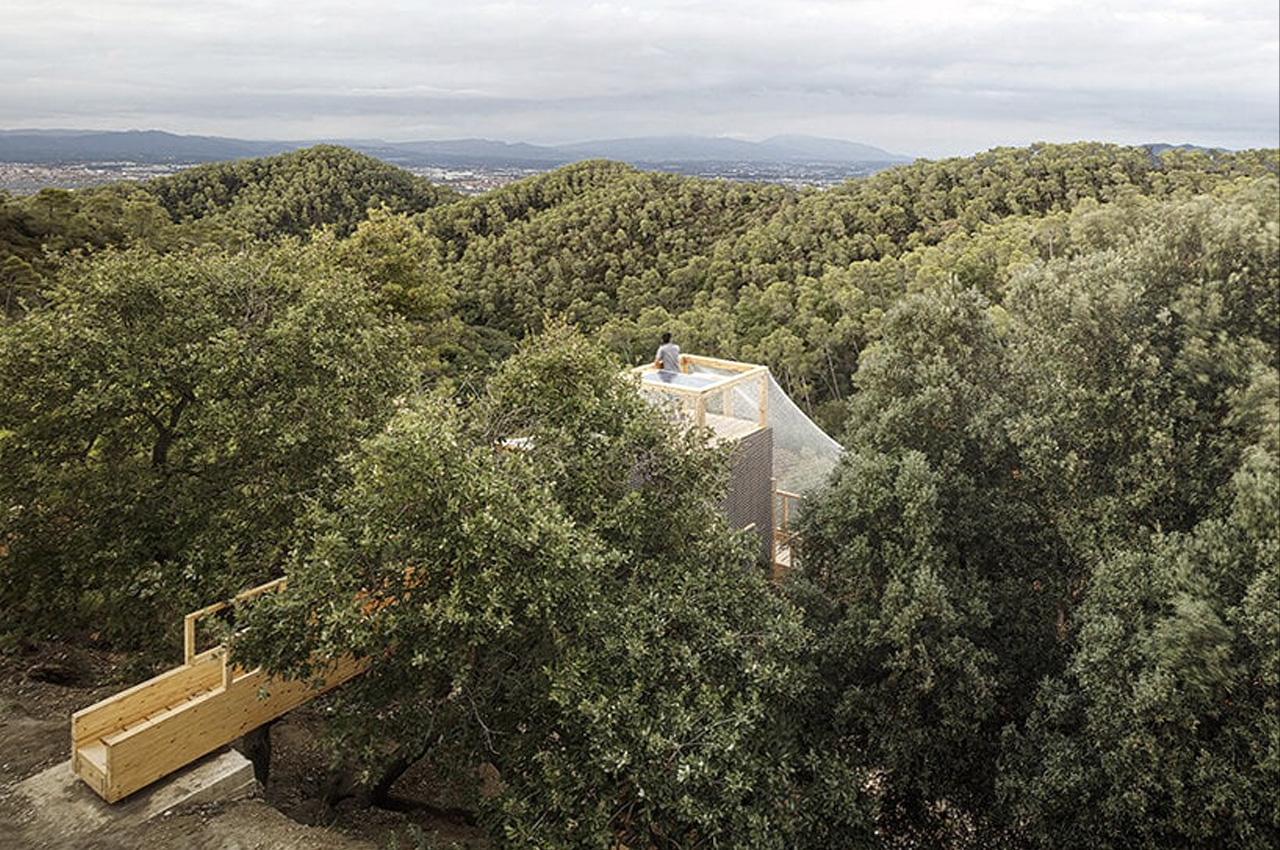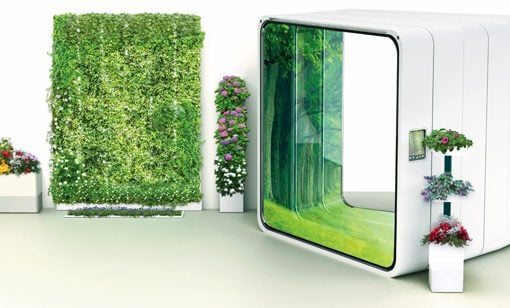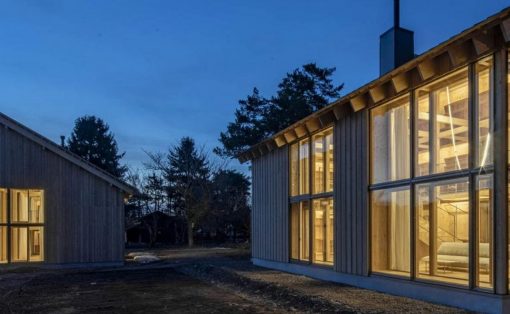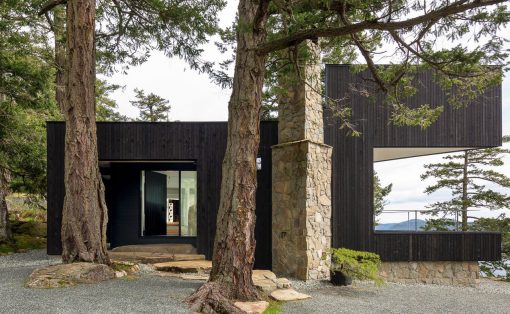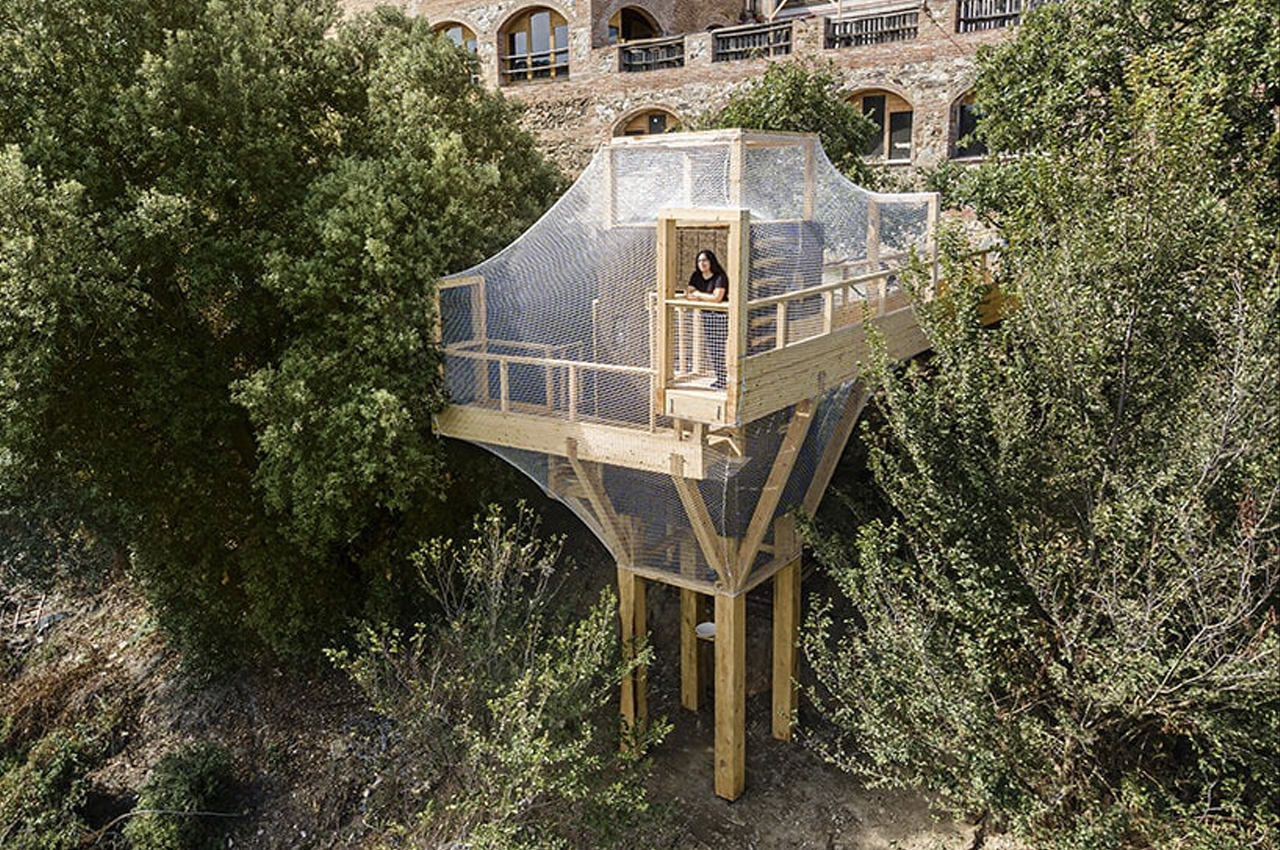
Called the Forest Lab for Observational Research and Analysis (FLORA), this observatory is located at the Institute for Advanced Architecture of Catalonia (IAAC), suspended among the treetops of Barcelona‘s Collserola Natural Park. The innovative and unique scientific research facility is developed by students and researchers of Masters in Advanced Ecological Buildings and Biocities. Nicknamed FLORA the research facility is an advanced and ecological building that serves as a space for researchers to live and work in the forest canopy.
Designer: IAAC
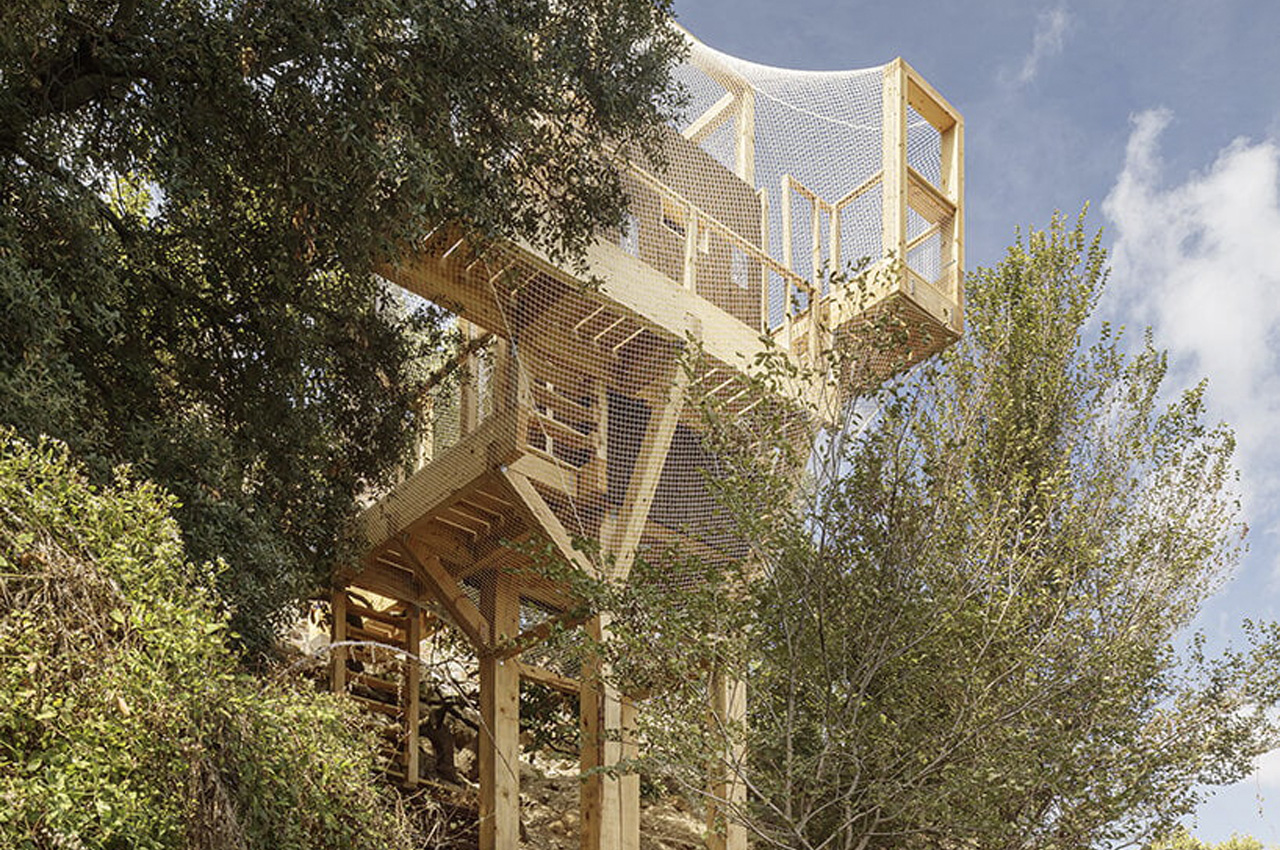
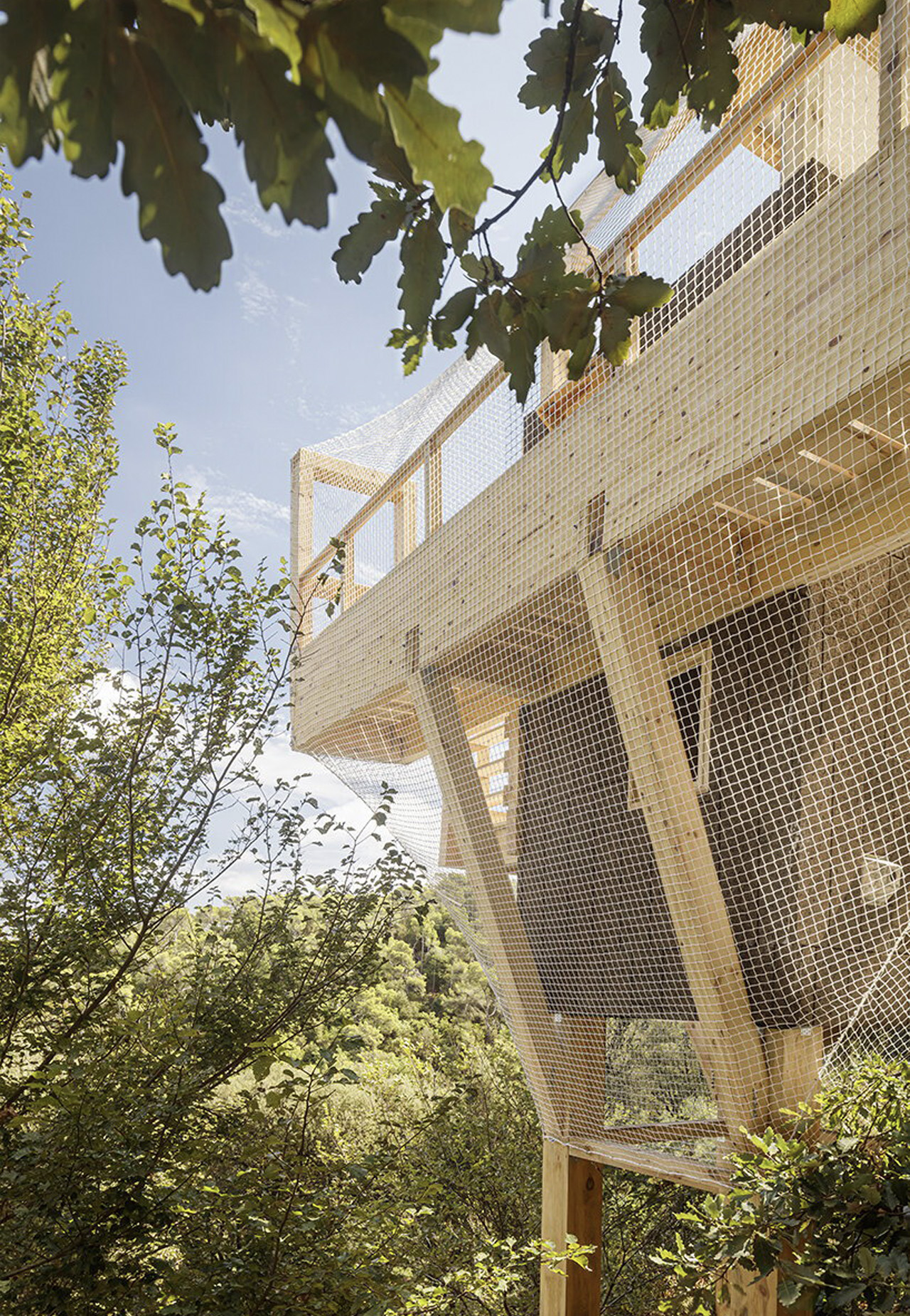
FLORA measures around 28 feet in height and was built using invasive pine trees which have been sourced from within the Catalan park using sustainability forest management and traceability procedures. The mass timber structure was constructed by cutting down and processing seventy trees which were used to create cross-laminated timber panels, laminated beams, and solid wood elements.
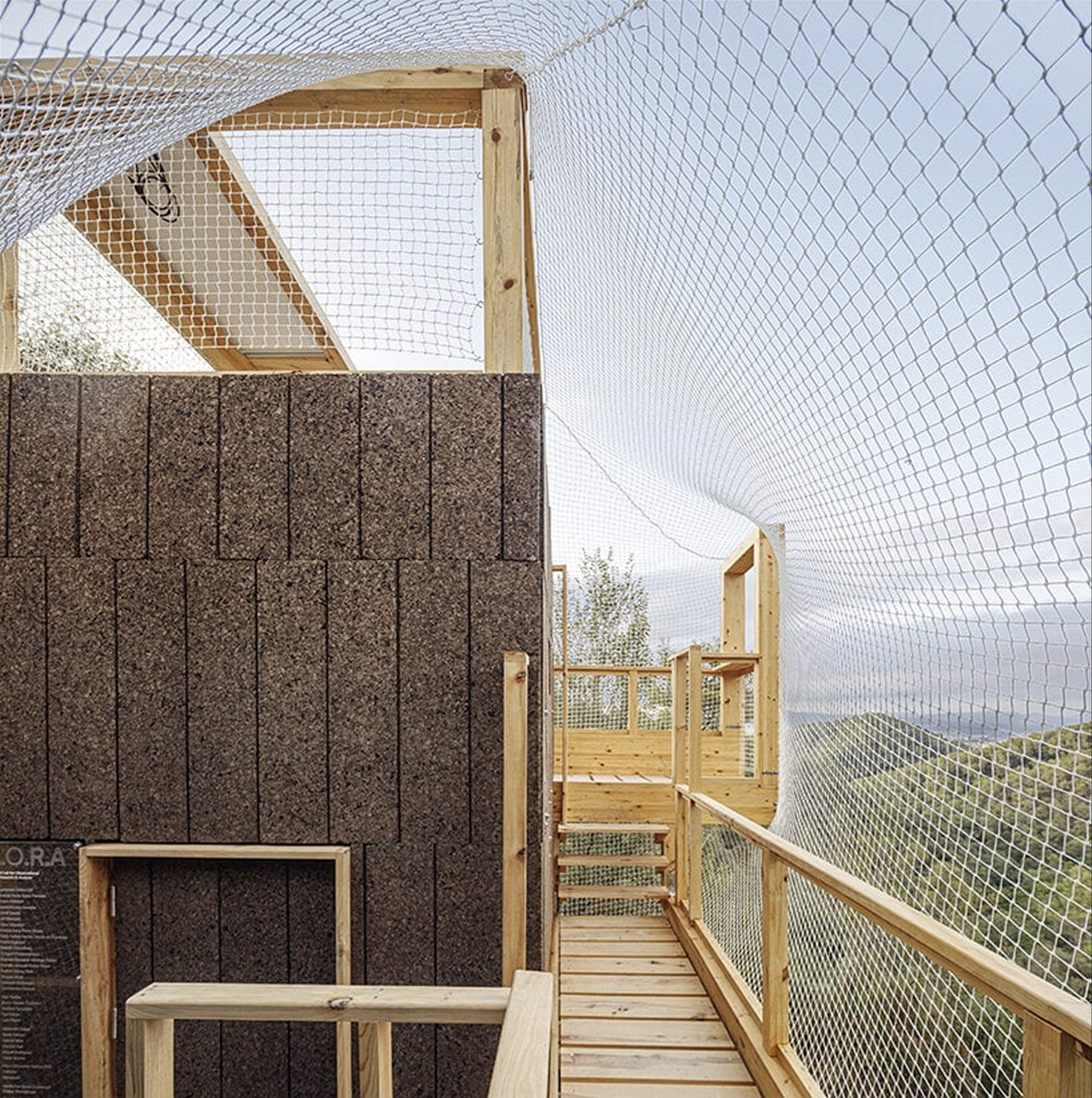
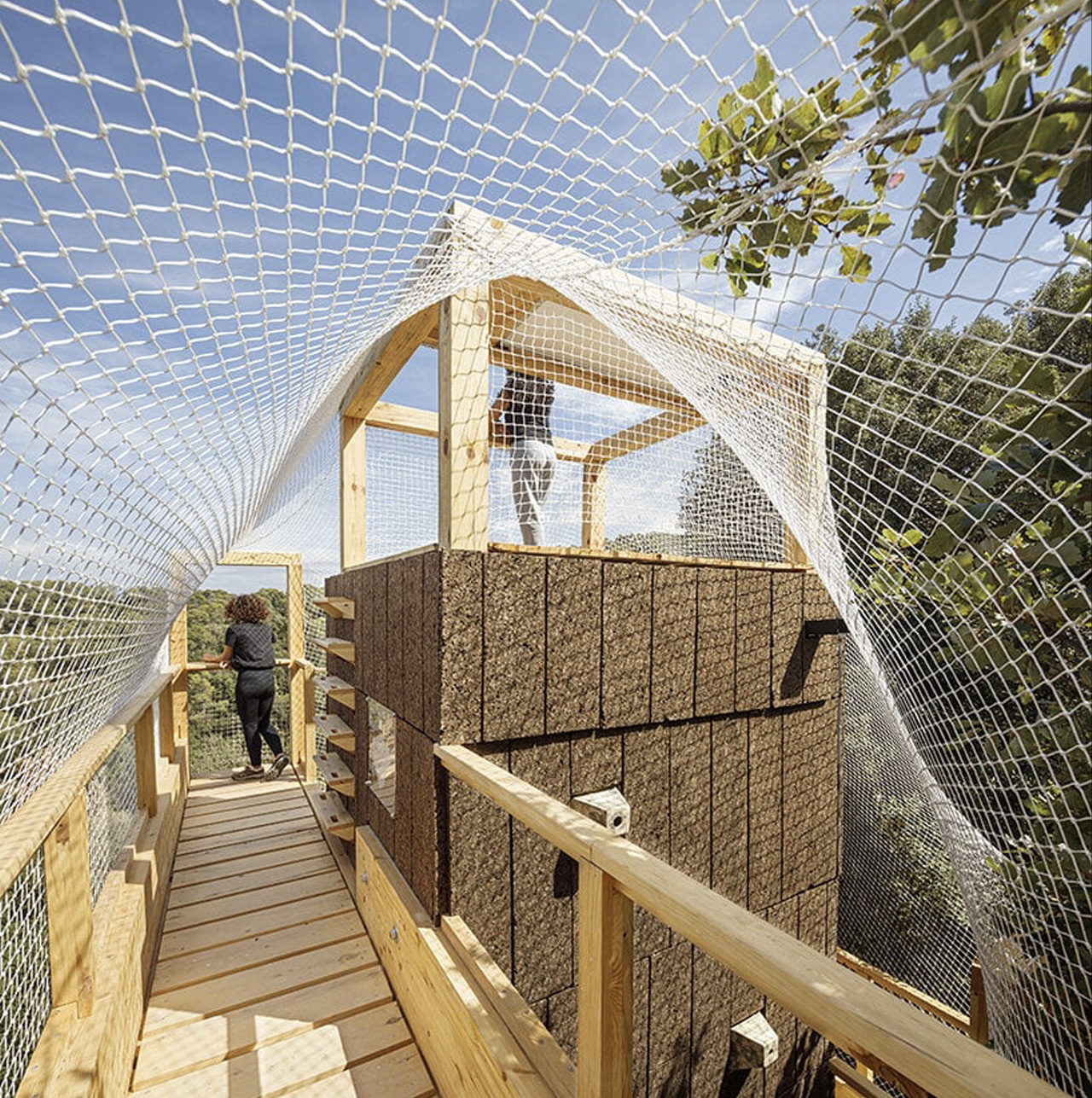
The IAAC team designed the observatory to serve as a dwelling for a researcher who will be studying the biodiversity of the park, and using FLORA’s new weather station for a certain period of time. The structure was inspired by the work of the American biologist Margaret D. Lowman and her hanging walkways. It is the first building to allow researchers to observe the forest canopy! Pretty cool, right? The project is a part of the ‘zero-kilometer’ philosophy since the timber used to build the structure was procured from the surrounding forest.
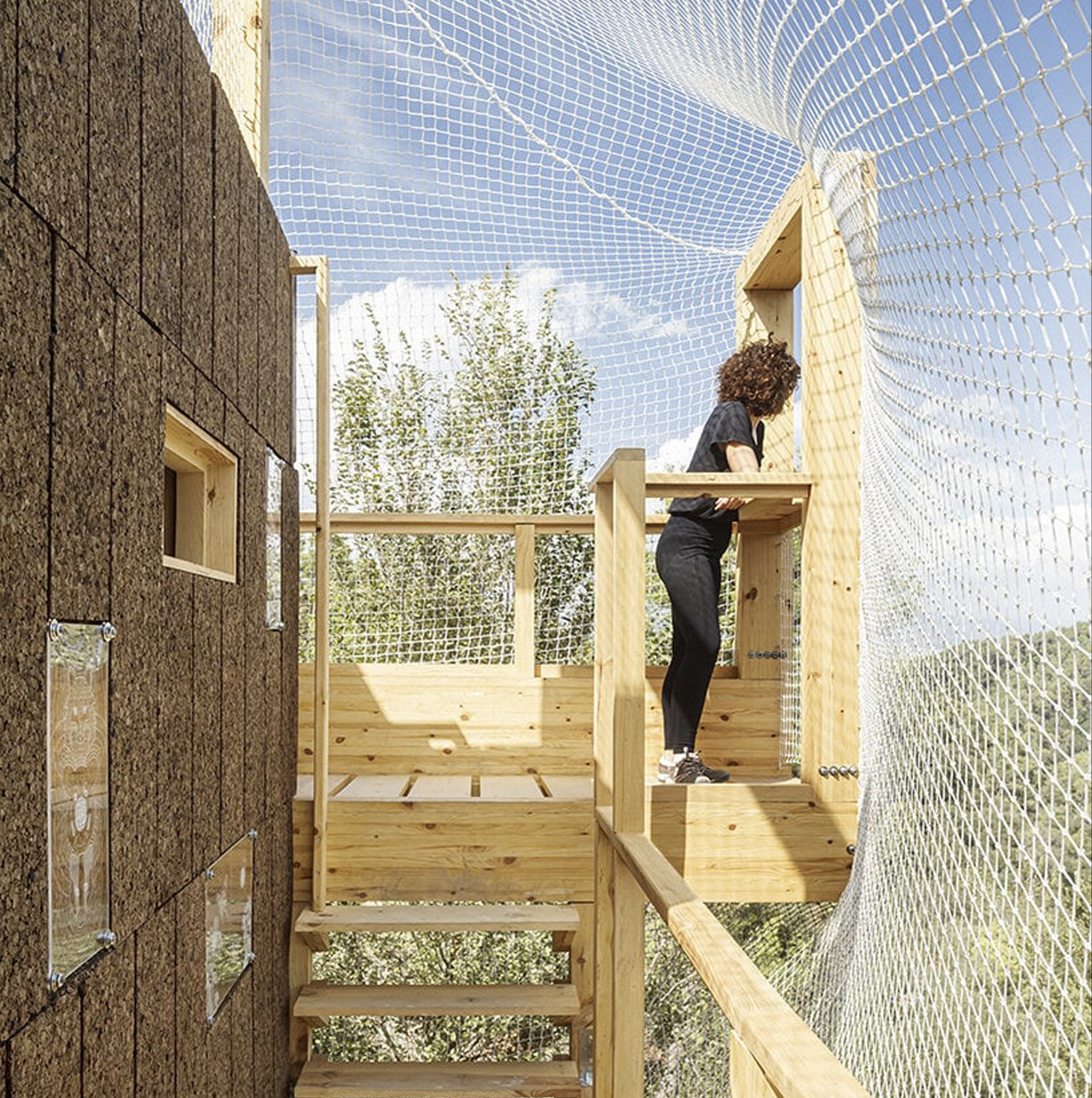
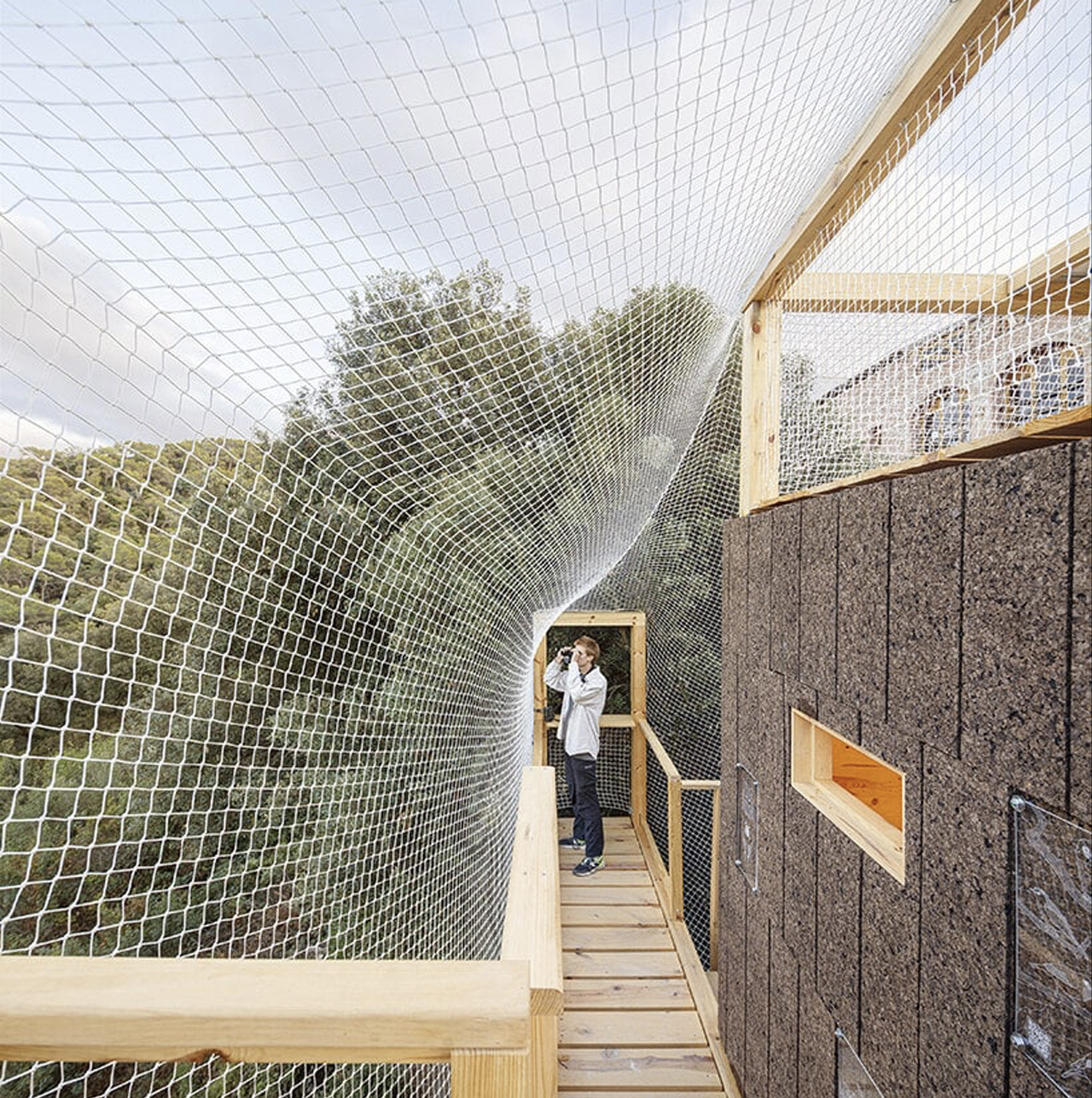
The observatory was designed to be immersed in nature and to function as an ecological interactive prototype. It features a bird radio, bird houses, working and projection space, as well as bird-watching spaces. The observatory is used to gain a better understanding of nature, the biodiversity of the park, and how climate change and its effects are influencing it. FLORA is an impeccable example of sustainable forest management, and how it can be utilized to build scientific facilities, without causing any kind of damage to the environment. It helps and aids researchers in observing and studying biodiversity and ecological systems of the park, and attempts to provide insights and solutions on how to preserve and manage natural spaces around the world in a better and holistic manner.
